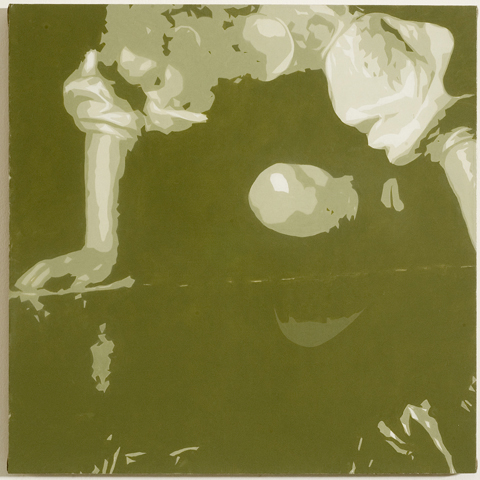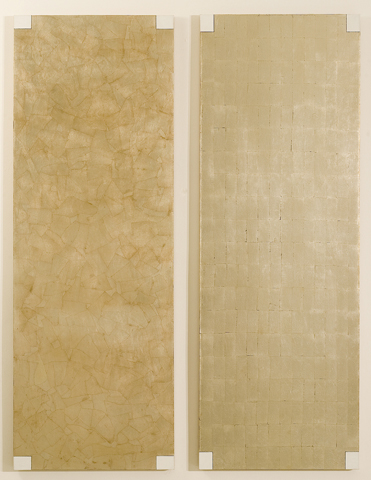



Notebook #3 - Heterotopia: Graves and Sheiks' Tombs, 2005
Notebook #4 - Heterotopia: Graves and Sheiks' Tombs, 2005
Published for the solo exhibition Echo and Narcissus, Noga Gallery, Tel Aviv.
The book, which binds together two consecutive artist's notebooks, is a photo essay of the grave sites of Muslim holy men found in Jerusalem, Bethlehem, Hebron, Nablus, Jericho and more. The artist's pilgrimage is the secular pilgrimage of an urban flaneur (to borrow Walter Benjamin's use of this expression). The book's lean, simple presentation allows readers to concentrate on the architecture and aesthetics of the graves, which are often covered with fabric. The photographs are accompanied by three texts. The first, written by Borokovsky himself, concentrates on the graveyard as a Heterotopia, following Michel Foucault's concept. The second, by Israeli writer Ariel Hirschfeld, stresses the difference between the simplicity of the traditional near eastern grave and the interaction it invites, and western graves. The third text is by Palestinian-Israeli poet Taha Muhammad Ali, who brings the story of the grave jinni Turfandi and his poem titled, Maybe.